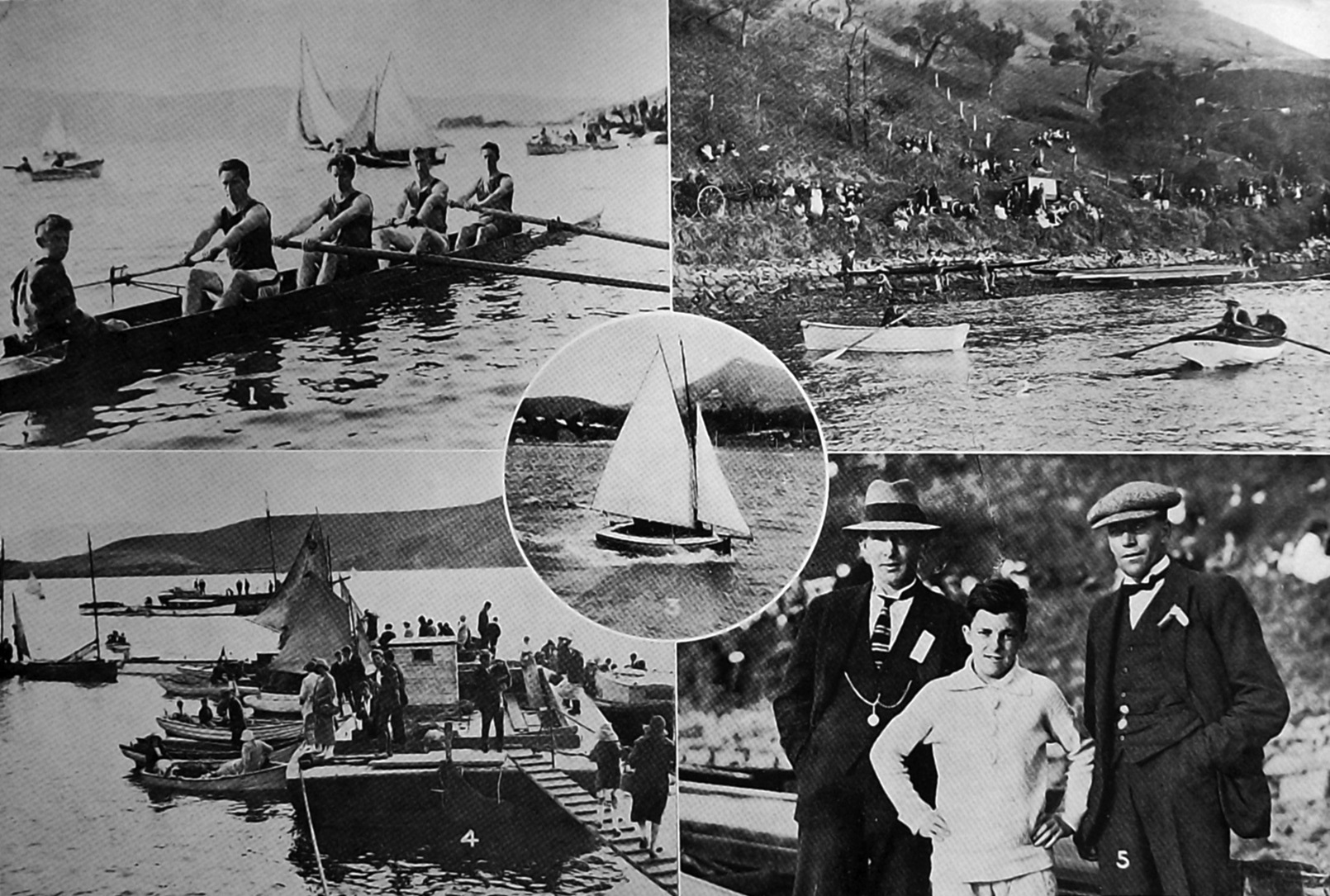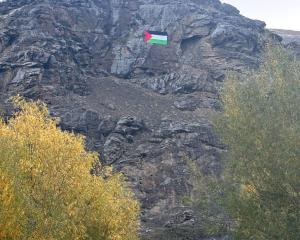

Iona’s performance stamps her as Otago’s best 14-footer, and if Alf Wiseman sails her next season, and Mr Hunter takes the same interest in his boat as he has this year, then undoubtedly she will be Otago’s defender in the Sanders Cup contest early next year. The other racing does not call for any special comment, except that it was all first-class, and gave the general public a good idea of how the rising generation can handle these small craft. The 14-footer race at the Portobello regatta was not so attractive as such events generally are. The absence of Kia-Ora, Heather, and Eunice, no doubt, reduced the interest in the race.
Is the takahē still alive?
Fresh interest has been aroused in that rarest of all New Zealand birds, the notornis, by recent rumours from Wellington that a live specimen had been seen in the Sounds district of Otago. So rare is the bird, an exceedingly handsome creature standing about 2 feet high, that it is a very open question whether the species is not now entirely extinct.
The notornis is very appropriately called the giant swamp hen, the pukeko or swamp hen being its nearest ally. It is a flightless bird known to the Maoris as Takahe. Now the intriguing question is, do any living specimens of the notornis still remain?
Curiously enough, evidence has recently been accumulating. Mr W. Goodlet, caretaker of the Museum, reports that over a year ago a visitor to the Museum definitely knew of the haunt of a notornis and had seen it three times within the previous three months. A few weeks ago, a tourist visiting the Museum again definitely identified the notornis there with a bird he had seen in the Te Anau district. Only last Tuesday another visitor to the Museum, this time from Milford Sound, was equally positive in his assertions to Mr Goodlet that he had seen a notornis in Milford Sound and knows where it is to be got. This cumulative evidence seems to suggest that there is something that should he sifted to the bottom without delay.
Such flightless birds, if they exist, are in imminent peril of the stoats and weasels, which, under Government protection, are working enormous havoc among native birds such as kakapos, kiwis, wekas and wood pigeons. The proper course if one of these birds can be located is to have it captured and placed in some suitable sanctuary for its protection, where its habits may be studied and its body preserved after death. — ODT, 15.4.1925
Compiled by Peter Dowden













